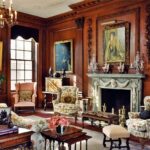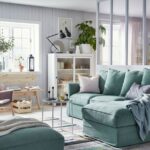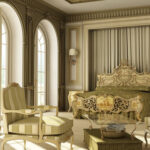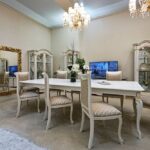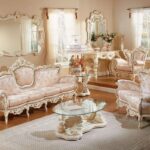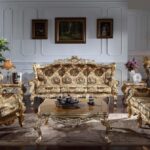Popular styles of furniture in the interior and their features
Can you imagine an apartment, a house without a TV? Easily. It is impossible without furniture. Interior items, from small to large, set the "character" of the room, determine how comfortable it is for the owners and guests to be in it. Therefore, determining the style of the interior of your own home is a serious decision. Articles with a brief description of design directions will help you choose furniture.

Popular styles of furniture in the interior
“The simpler the better,” the trends of recent years say. This principle has become established in many areas of life, including design. People no longer tend to fill their homes with bulky and awkward furniture. The priority is ergonomics, ecology, simple chic.

“Rustic”, ethnic styles (Provence, country, Scandinavian), minimalist modern ones (hi-tech, constructivism, loft) withstood the test of new trends. The good old classic is not forgotten, but with one amendment: it is rethought and re-equipped to integrate new technologies. So which design styles are the most featured in furniture articles and are homeowners' choices?
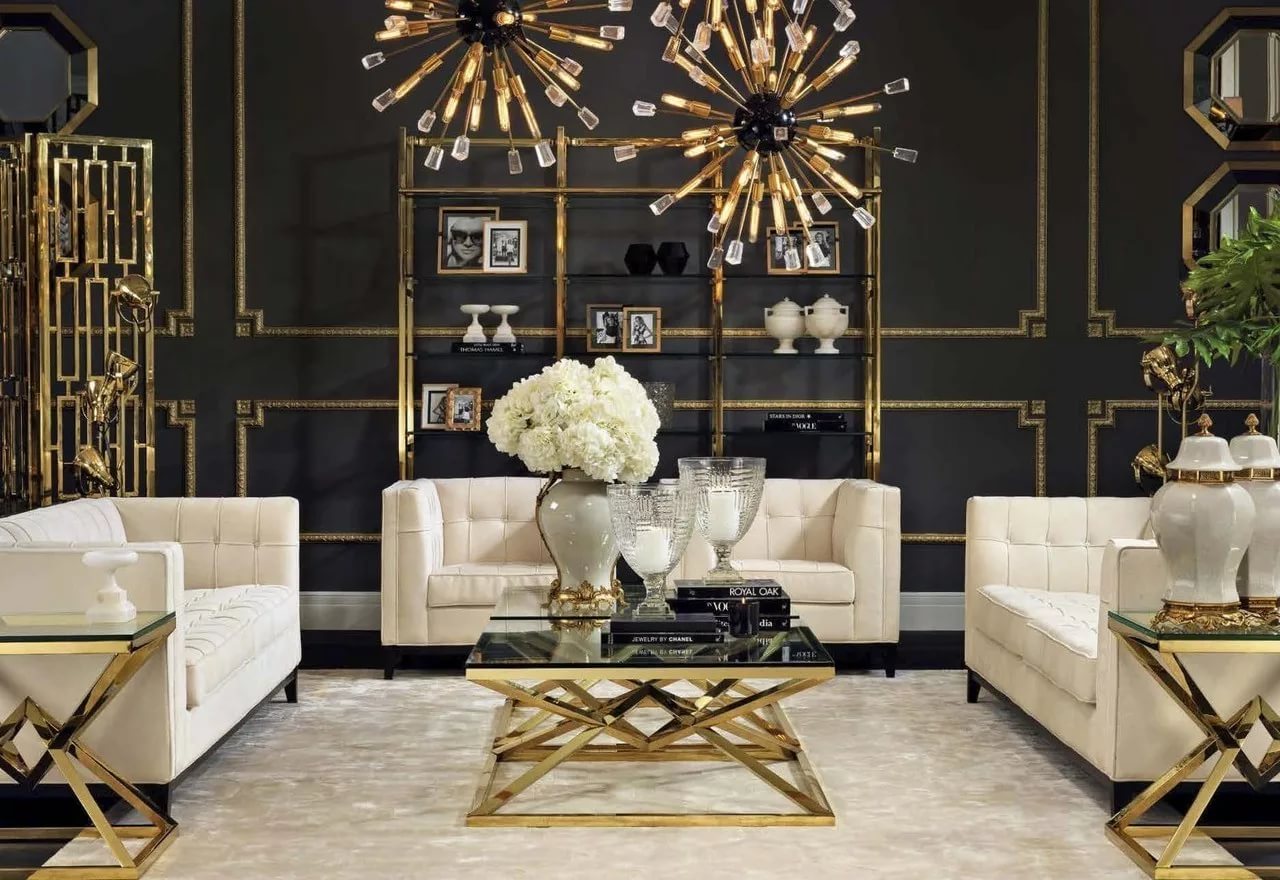
Loft style furniture
Simple, “brutal” furniture of the loft style conquers with its clarity of forms. This style does not tolerate unnecessary "smoothness" and ornateness. A large sofa, ottomans, benches, shelving made of textured wood - all this will perfectly fit into the loft. The interior should not consist of items from one headset: all the charm of style in a combination of externally dissimilar things that are united by the idea of practicality.

The loft does not tolerate pressed shavings: cabinet furniture is only made of solid wood. Items should not be massive or obscuring the space. The priority is ergonomics, simplicity of design and shapes.
Provence
Weightless, “warm” Provence allows you to combine natural textures and light fabrics. The “ideal” Provence style furniture is light, with carved ornaments or criss-cross beams, finished in pastel paint. A small, necessarily soft sofa upholstered in a simple fabric with a floral pattern, a glazed wardrobe for household or decorative trifles, a dining set will harmoniously fit into the interior.

A traditional feature of the style is the upholstery of all upholstered furniture with one fabric. It is a unifying design element.
Modern
At the beginning of the 20th century, the "heavy" classics were replaced by ornate modern. The concept of style is the rejection of straight and strict angles.Everything from the head of the bed to the shape of the bedside table will have rounded lines. The graceful frames and fittings remind of the connection with nature: the outlines of plants and insects can be guessed in the lines.

The predominant material is wood, but Art Nouveau furniture can also be forged. The main thing is to preserve the principle of "streamlining"
Scandinavian
At some point, the world went crazy for the Scandinavian style: many articles about furniture and interior design were dedicated only to him. It is the epitome of comfort and functionality. The interior is based on simple furniture made of wood, plywood or metal without architectural excesses, unnecessary decor. Shelves, coffee tables, spacious wardrobes are harmoniously combined with cozy upholstered furniture, upholstered with pleasant to the touch textiles.
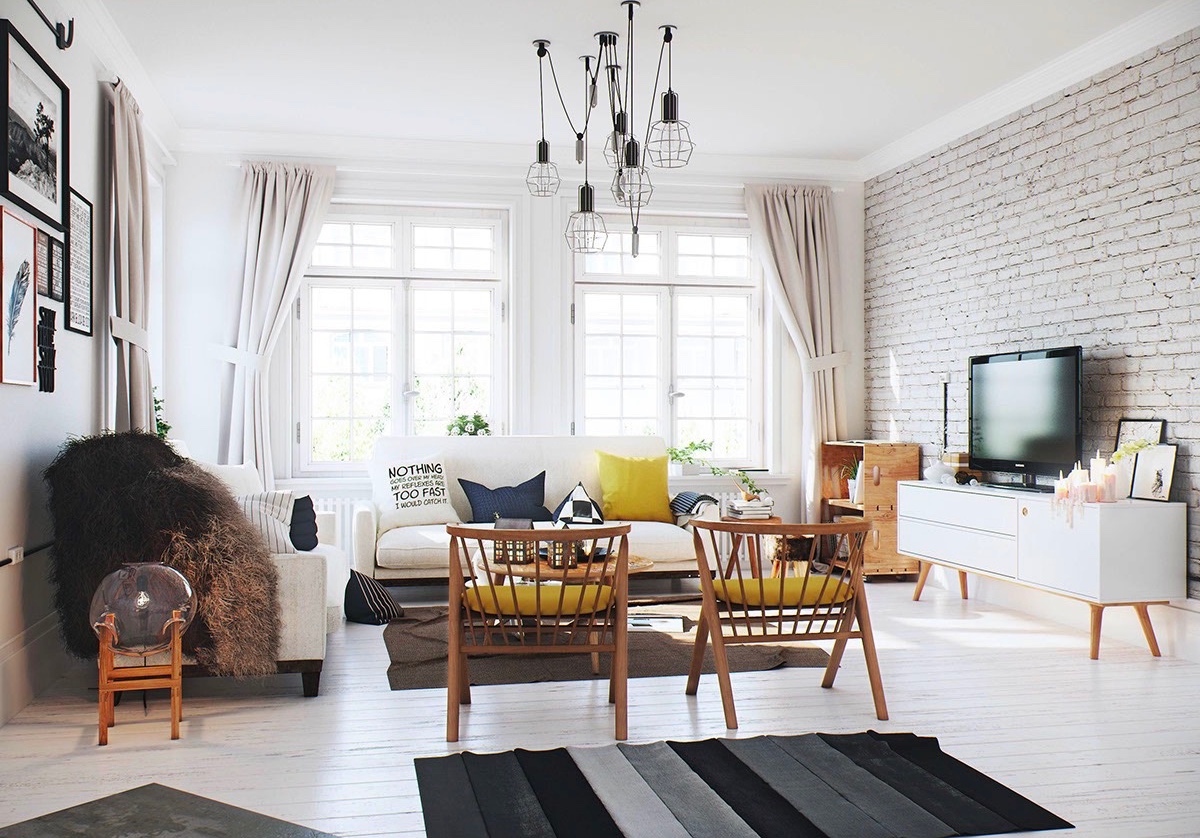
Usually the interior in the Scandinavian style is designed in light colors - white, turquoise - but there are also bright spots. For example, your favorite armchair or a cozy guest sofa can become an accent.
Classical
There is always a place for the classics. Proportional forms without useless decorative elements, emphasis on quality and materials of execution are the hallmarks of the style. Furniture can be massive, but always functional, “solid”. The classics love strict features and familiar solutions: large wardrobes, dining tables of impressive size, upholstered furniture sets.

The traditional range is considered light: noble beige, olive, coffee shades. Materials of execution - wood, glass, a minimum of metal and a complete absence of plastic.
Shabby chic
Soft romance with a touch of antiquity - this is how the style can be characterized. Openwork dressers with the effect of aging, simple, rough shapes typical of country styles are harmoniously combined with refined little things a la baroque. The shabby chic interior looks like aristocratic antiques. Furniture can be either antique or stylized, and emphasized stylized.

In the style, pastel colors are preferred, on which traces of aging are clearly visible.
Pop Art
If household items are elevated to the rank of art, this is pop art. One of the most striking styles that allows you to combine incongruous. Colorful upholstery of furniture, fancy shapes of coffee tables, bright plastic facades of cabinet furniture. And necessarily - references to objects and phenomena of pop culture.

Pop art upholstered furniture can be decorated with prints with portraits of stars of the past, movie posters and designs in the style of Andy Warhol paintings.
High tech
Minimalism, functionality and severity of lines define the high-tech style. Furniture of laconic geometric shapes with shiny black and white facades, small sofas, ottomans covered with leather or eco-leather will fit into the interior. There are only useful items in the rooms, no frills. Suspended and built-in structures are a priority.

The peculiarity of hi-tech is the perfect combination of furniture and technology, full integration. Interior items and electronics exist on a par and complement each other.
Country
Rough wood, covered only with varnish, geometric lines and an abundance of textiles are combined in a country style. This is the personification of the coziness of a country house with massive open wardrobes, simple tables, chairs, voluminous sofas and armchairs. Wicker furniture will become a curious accent. The predominant material is wood. Plastic, extruded board and metal are not suitable for classic country music.
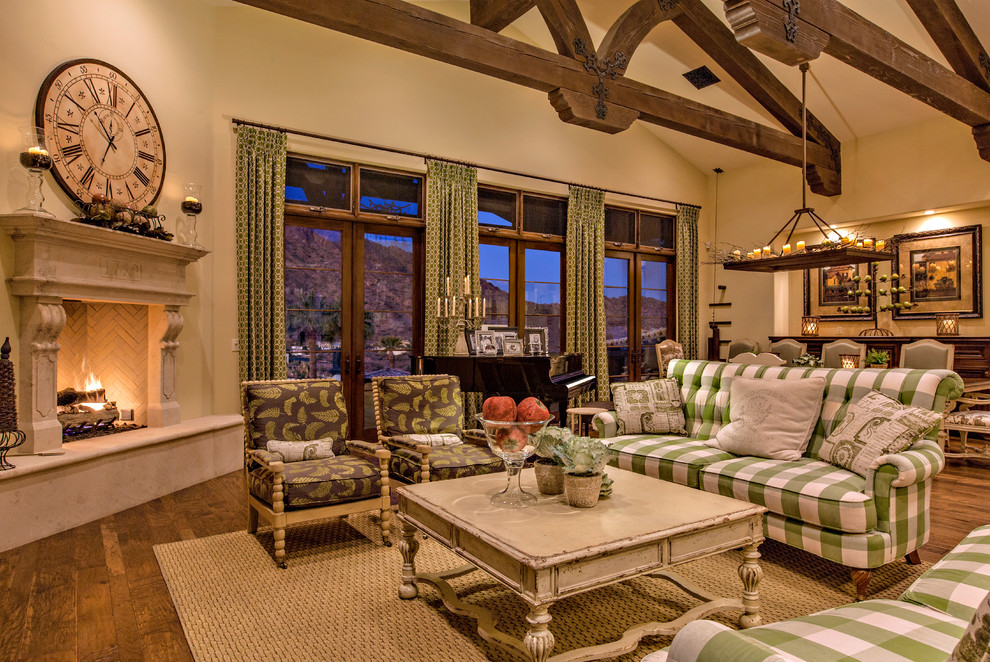
As in other “rustic” styles, plant motifs (textiles, upholstery), natural colors and, of course, a classic check are used here.
Constructivism
Another rebel style hails from the 20th century. This is a contrast to openwork chic and ornate forms. Constructivism furniture is laconic and massive. Carved motifs are present, but they are geometric, without grace. Interior items are light, contrasting against the background of dark walls.

The name of the direction reflects the essence: strict lines, an abundance of open, easy-to-use furniture. Style abhors details. The emphasis is on general forms and functional significance.
Vanguard
A bold and extraordinary avant-garde one step ahead of classical art. While other styles do not allow the use of plastic, the avant-garde welcomes such a “simple” furniture material. The result is bright furniture of bizarre shapes, lightness and a departure from tradition. A bright green guest sofa and red chairs - why not. A blotted coffee table - great.

At the forefront, there are no restrictions on the combination of shades and shapes. The style is beautiful in their variety and combinations.
Other furniture styles
Some of the styles - Empire, Baroque, Rococo - have become rare and elite. Designers turn to them in exceptional cases, and homeowners choose less and less in view of the predominance of decor over functionality. These styles are characterized by pretentious ornate lines, massive furniture with an abundance of decor.

Eclecticism deserves special mention. It is a combination of different styles in one interior. Many modern styles (kitsch, avant-garde, shabby chic) in one way or another resort to the principle of eclecticism, combining elements of their predecessors.
Furniture in the interior, depending on the type of room
The interior of the whole house in the same style is a classic approach, but not a mandatory principle. Designers do not urge to follow it at all: it is enough just to correctly combine directions. Articles about furniture and interior design will help you understand the nuances of combining styles in an apartment or house.
Bedroom
The abode of comfort and peace, a reflection of the character of the owners of the house. The best would be to arrange a bedroom in the spirit of Provence, Art Nouveau or Scandinavian style. After all, each of them assumes the presence of a large and maximum comfortable bed. These combine functionality and maximum comfort. At the request of the owners, the bedroom can be decorated in the style of a loft, but it is worth considering that in the traditional sense this option does not imply the presence of a spacious and comfortable wardrobe.

Living room
The most "responsible" room in the house: by it guests will judge the owners of the house. To create an atmosphere of hospitality, you should pay attention to the "rustic" groups - Provence, country.Furniture in the style of shabby chic, classic, pop art or avant-garde will help to emphasize the authenticity. And it is not difficult to focus on progressive views without mentioning them in conversation, furnishing the living room in the spirit of high-tech or loft.

Kitchen
The heart of the house and the abode of homely owners. The main thing for a kitchen is a combination of functionality and comfort, especially if it is combined with a dining area. For a kitchen that is regularly used for its intended purpose, hi-tech with its laconic and 100% practical furniture is ideal. If the owners of the house more often use the kitchen for cozy gatherings over tea than for cooking, then the answer will be Scandinavian-style furniture, as well as an interior in the spirit of Provence, classic or modern.

Hallway or corridor
Without knowing it, many people choose the hallway as the place of the reign of constructivism. Only laconic forms, a minimum of furniture and maximum benefits are the main features of the style and functional needs of the hallway. But who said that a hallway, which is usually devoid of natural light, cannot be diluted with the "bright spot" of the avant-garde?

Children
The interior of the nursery directly depends on the age of the child. Scandinavian-style furniture is ideal for the smallest children. Children are not so pretentious in the choice of interior items, so they are unlikely to appreciate the ornate lines of modernity. And the simple designs of the lockers, bed and desk will certainly appeal to them. For the decoration of a teenager's room, bright pop art or avant-garde may be suitable - these areas will become the most interesting. Furniture in these styles will help to express individuality and will dilute student's everyday life with bright colors.

How the right choice of furniture affects the environment
Cozy, stylish abode or inexpressive, gray “housing”: what impression a house creates depends directly on the choice of furniture. Perhaps a competent interior arrangement, taking into account your own preferences, character, is the best way to emphasize individuality. Each guest entering the house will immediately make a conclusion about its owners.
Simplicity and hospitality can be accentuated with simple styles based on country or ethnic motives. Their concept, an abundance of upholstered furniture, hand-made items, speak of following traditions. It is easier to loudly declare a creative nature, disregard for "outdated" canons with the help of avant-garde furniture or little things in the style of pop art. And exquisite interior items in the modern or classic style will become an opaque hint of an elite, sophisticated sense of beauty.

Video: interior furniture styles - examples of solutions



















